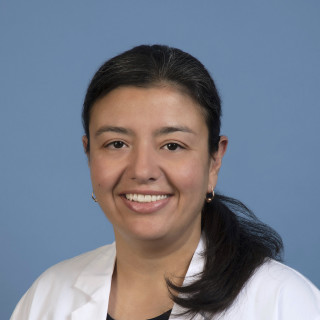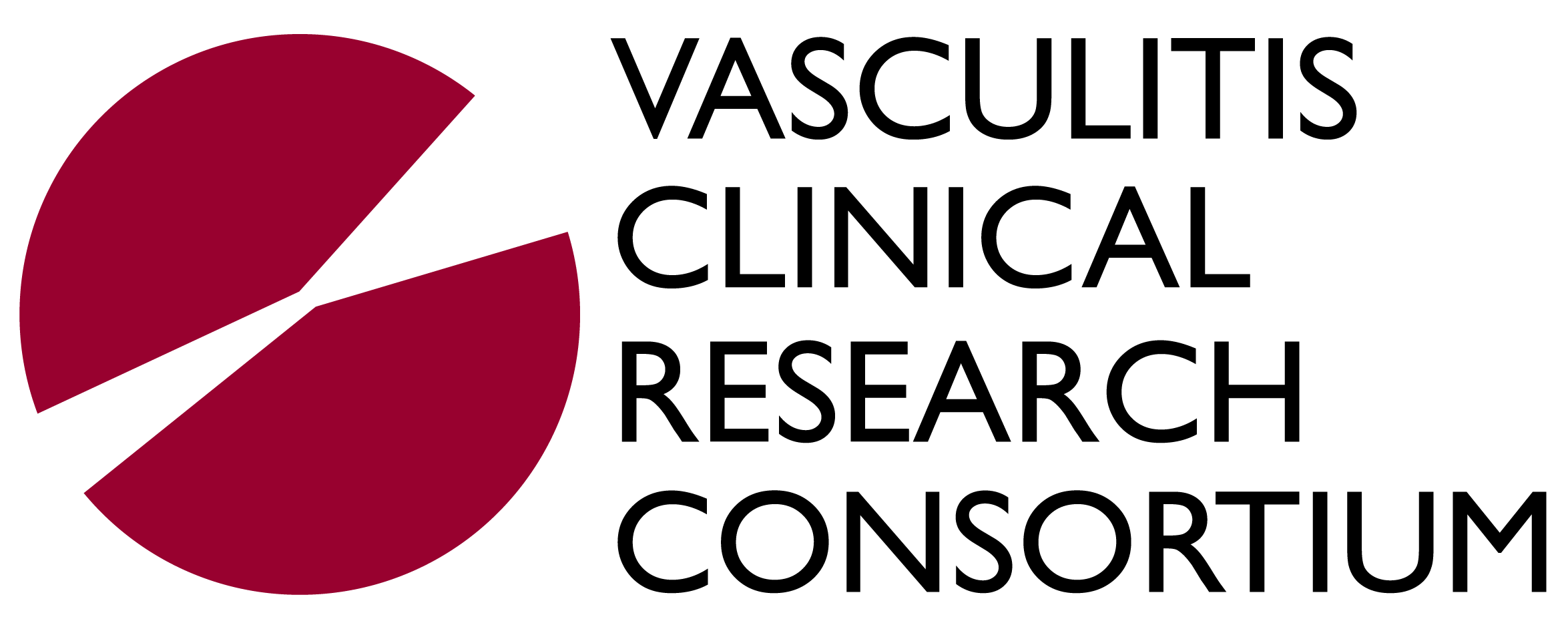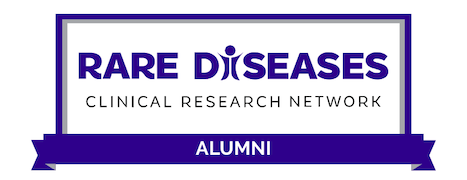Tanaz Kermani, MD, MSc

Tanaz Kermani, MD, MS, is an assistant professor of medicine at UCLA Medical Center, Division of Rheumatology, Santa Monica, CA. Dr. Kermani completed her VCRC Fellowship (2010-2011) at the Mayo Clinic, Rochester, with Steven R. Ytterberg, MD, as her mentor. At UCLA, Dr. Kermani sees patients with all rheumatologic diagnoses but has a special interest and expertise in vasculitis. She is an active member in the vasculitis community and has ongoing research collaborations and several publications in large-vessel vasculitis.
This interview with Dr. Kermani was conducted by the Vasculitis Foundation, July 2011.
For as long as she can remember, Tanaz Kermani was drawn to the medical field. “The ability to positively impact people’s lives and my love for biology were the primary factors that influenced my decision to pursue this career”, she says. The Mumbai native moved to the U.S. for undergraduate college and received her medical degree from the New York Medical College in Valhalla, New York.
Kermani, an assistant professor of medicine at the Mayo Clinic, specializes in rheumatology. “During my training, I was struck by the multi-system nature of these illnesses and the damage they could cause,” she says. “Rheumatology has always been regarded as one of the ‘cognitive’ specialties, requiring strong knowledge of general medicine and clinical skills. I quickly realized rheumatology would be the most rewarding and gratifying field of medicine for me and have never regretted this decision.”
After a rheumatology fellowship, Kermani is now doing a Vasculitis Clinical Research Consortium (VCRC) Fellowship at the Mayo Clinic. “My interest in vasculitis began during my fellowship program when I spent a few half-days working with Dr. Kenneth Warrington in our Vascular Center,” she recalls. “When I became aware of the VCRC fellowship, which would enable me to dedicate two years to learning more about vasculitis, I was excited to pursue it.”
Her goals for the fellowship are two-fold: to gain expertise in the care of patients with vasculitis and to develop additional skills in clinical research. “The ability to focus my attention for two years only on vasculitis is invaluable, “she asserts. “Being part of the VCRC has also enabled me to interact with the experts in the field at other medical centers. The clinical and research experiences I have gained thus far are unparalleled and would not have been possible without such a resource.”
As a VCRC fellow, she participates in all ongoing studies. She is currently working with Dr. Steven Ytterberg, Dr. Ulrich Specks, and Dr. Warrington at the Mayo Clinic in the longitudinal studies of patients with different forms of vasculitis and is involved in an ongoing clinical trial in Takayasu’s arteritis and giant cell arteritis (GCA). The latter disease is her primary research interest.
“Specifically, I am interested in the clinical course of the subset of GCA patients who develop the disease in the aorta and its branches,” she says. “There are many aspects of GCA which make it a fascinating disease to study. First it almost never affects younger individuals. As with many other auto immune diseases, it affects women more than men. Additionally, the highest incidences are reported for Scandinavian countries and in U.S. populations of Northern European ancestry. Many aspects of this disease remain poorly understood such as who develops complications, which patients have difficultly discontinuing their medications, and how best to monitor GCA patients for aortic complications. These and other clinical questions are the focus of our research.”
Kermani knows that finding better treatments depends on support from advocacy groups like the VF. “Vasculitis advocacy groups are important and can assist patients through education and moral support,” she says. “Patients with vasculitis and other rare diseases can feel isolated. Knowing that there are other people with the same condition and having the opportunity to share these experiences can be reassuring. From the physician’s standpoint, advocacy groups may be better able to reach out to our patients. They can inform them of the location and different types of research studies that may be of interest to them. This helps us engage our patients in research. Advocacy groups also provide a voice for their members and can communicate to us what we can do better to support and help our patients. The best way physicians and advocacy groups can work together is through collaboration and mutual respect.”

